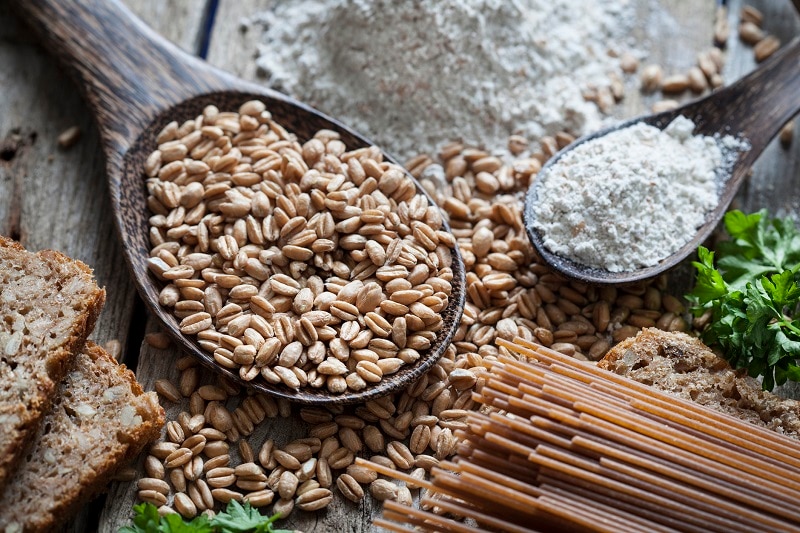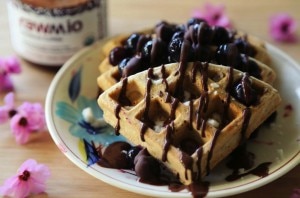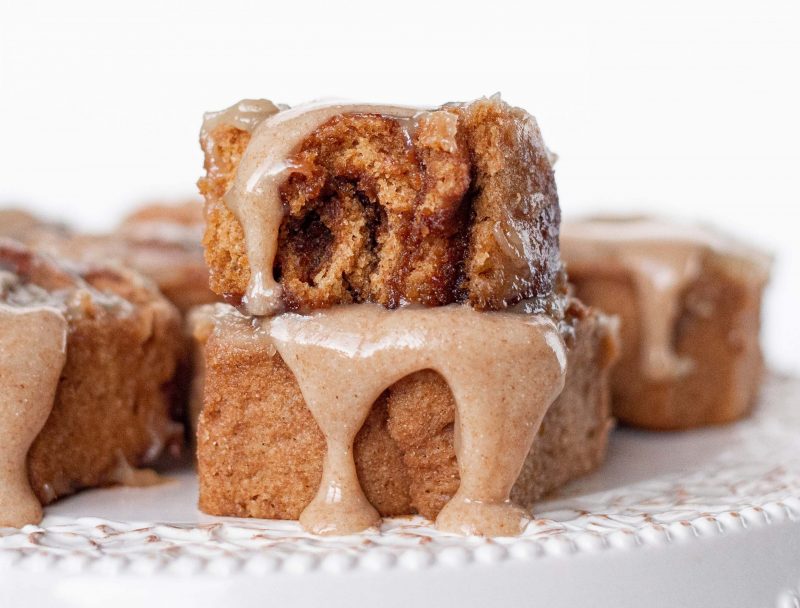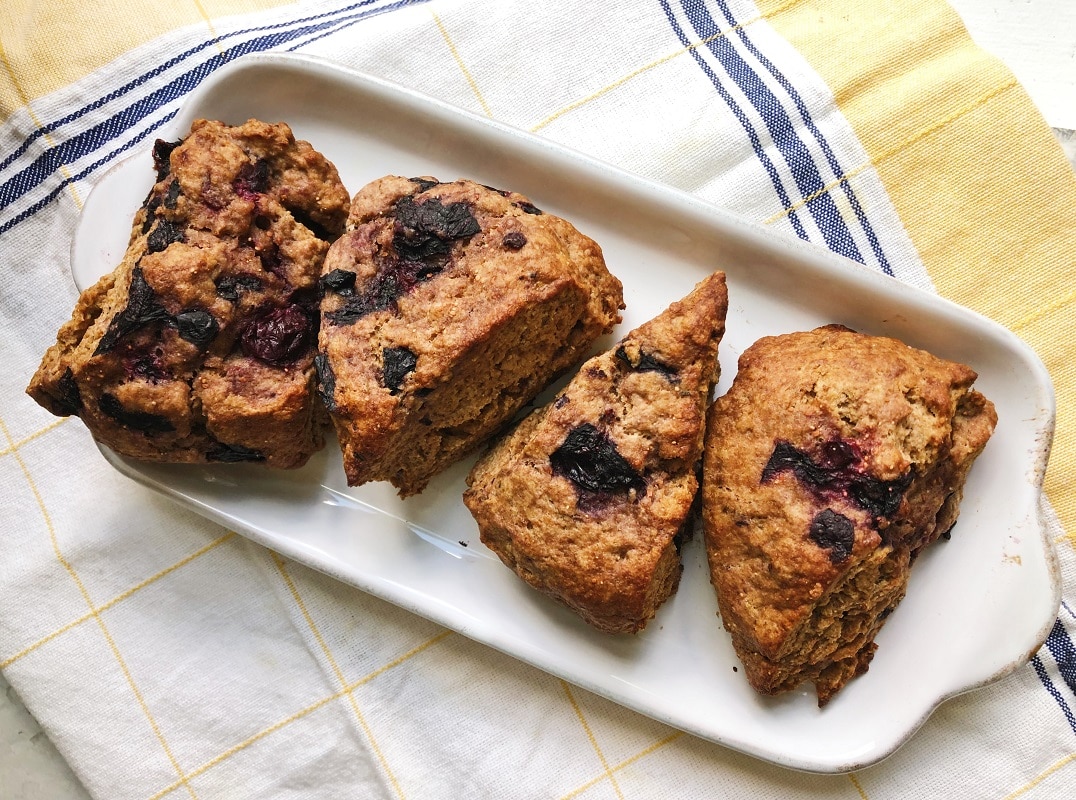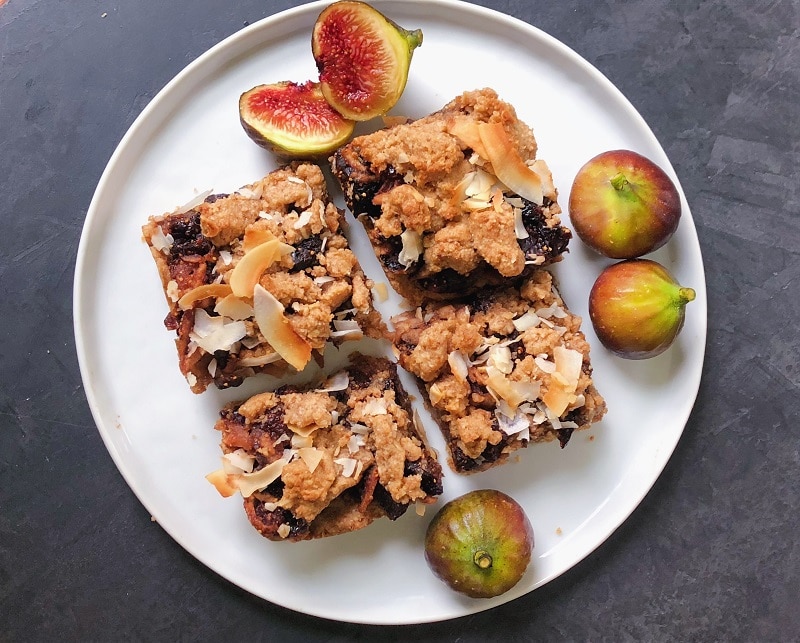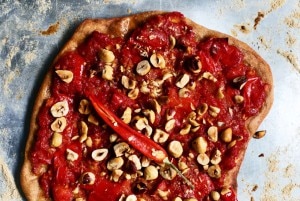Also known as dinkel wheat, spelt can be simmered and served as a hot breakfast cereal or soaked overnight and cooked in fresh water (until tender) for use in soups and salads. Spelt flour can be used to make gluten-free breads, baked goods and pasta. But what are the health benefits of this ancient grain? Read on to find out!
What is spelt?
Spelt is a whole grain ancient relative of durum wheat. It definitely earns its title of ancient grain, as it is believed to be one of the first grains grown by early farmers around 5000 BC. As farming practices expanded, spelt became less popular to grow compared to traditional wheat. However, with the rise in popularity of ancient grains among consumers, spelt has once again gained its place back in the whole grain space.
Spelt flour benefits
Spelt is most commonly sold as spelt flour or spelt flakes. Spelt is also used in whole grain blends in crackers, cereals and pastas such as Nature’s Path Heritage Flakes Cereal, Food For Life Ezekiel 4:9 Sprouted Grain Cereal, Eden Foods Organic Pasta Company Spelt & Buckwheat Gemelli and Suzie’s Whole Grain Thin Cakes Spelt & Flax Seeds. It has a mild flavor that is nutty and slightly sweet.
Spelt is categorized as a grain according to USDA’s MyPlate guidelines, with a standard serving of a cooked grain being 1/3 cup. Spelt flour contains double the fiber and double the protein content compared to all-purpose flour. Spelt flakes are nutritionally equivalent to oats. Both spelt flour and flakes are a nutrient-dense grain choice due to being free of saturated fat and sodium while also high in protein and fiber.
How to cook spelt
Spelt flakes can be used in soups, stews, muesli, hot or cold cereal, granola, cookies, pie crusts, and baked goods. It is a good alternative to any grain, but it especially resembles the texture and appearance of oats. To cook, use a ratio of 1 cup spelt flakes to 2 cups boiling water. The cooking time will vary depending on the brand ranging from 5 to 20 minutes.
How to use spelt flour
Spelt flour has a light texture and similar cooking properties to wheat flour or all-purpose flour. It is used in homemade pastas, breads, cookies, waffles, pancakes and other baked goods. Some individuals will substitute recipes 100 percent with spelt flour while others prefer to substitute 25 to 50 percent of the original recipe with spelt flour. For optimum freshness, store in a cool, dry place—preferably in the freezer or refrigerator after opening.
While once thought of as ancient, spelt has lasted the test of time proving to be a beneficial grain in the modern diet. Its high fiber, high protein nutrition profile combined with a light texture make it a smart swap in nearly any recipe calling for wheat. There is no doubt that this grain will only continue to grow in popularity for many years to come!
5 Spelt flour recipes to try
1. Superfood Waffles with Chocolate-Hazelnut Drizzle
2. Sweet Potato Cinnamon Rolls
3. Vegan Blueberry-Thyme Scones
4. Vegan Fig-Apple Coconut Crumble Bars

